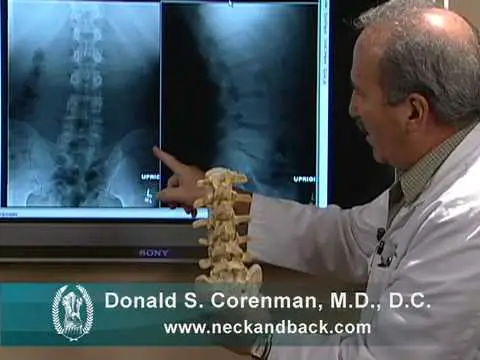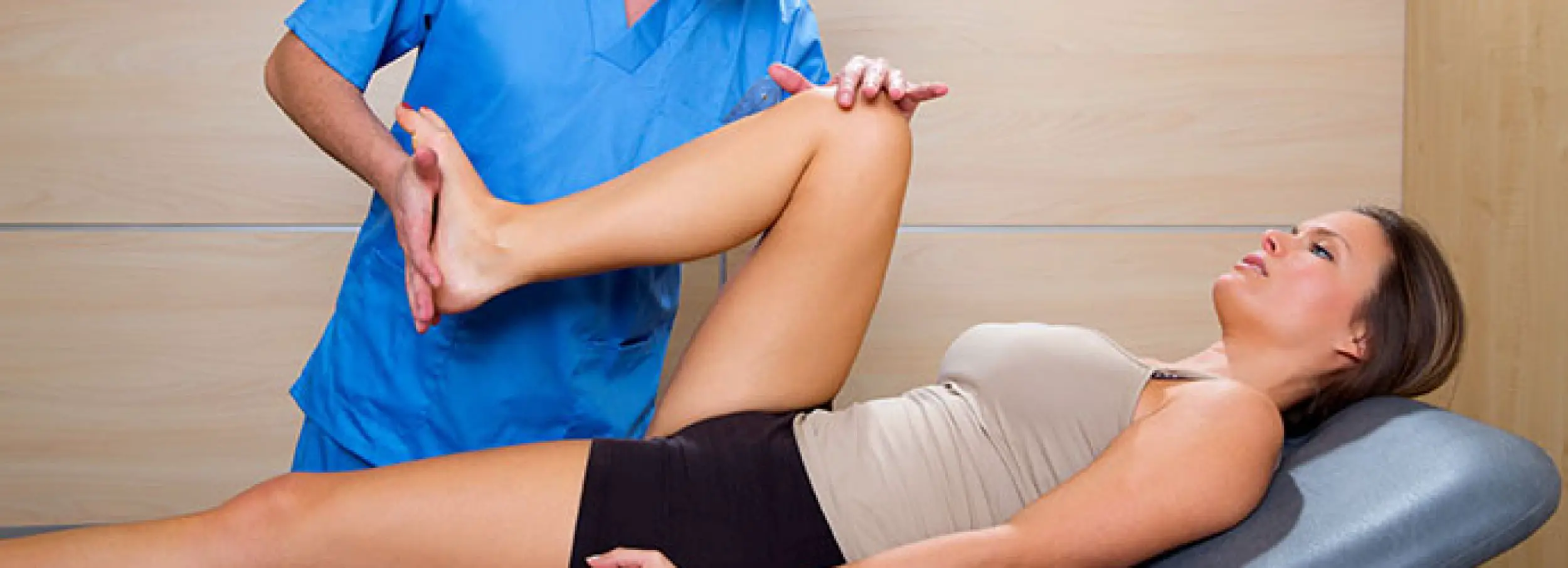Arthritis is a chronic inflammatory process of the joints, which triggers joint pain and movement limitations. The main element of arthritis is inflammation, an immune response of the human body towards events that disturb our normal body functions. Since pain and movement limitations are the most common symptoms of arthritis, how do you live with arthritis in your back?

We will cover this topic in two different parts. First, we’re going to talk about arthritis in general and arthritis in your back. Then, we’re going to look into spinal arthritis to explore ways to reduce pain and improve our quality of life.
About Arthritis and Spinal Arthritis
Arthritis features inflammation of the joints, the space between bones, and the area around them, including soft tissues near the articulation. There are various types of arthritis depending on the cause, the number and type of joints involved, and the age of the patient. The main types include:
- Osteoarthritis: It is more common in older adults, and usually involves the large joints due to degeneration of the articulatory structures.
- Rheumatoid arthritis: It is caused by an autoimmune process, where the immune system attacks the patient’s joints. It does not have a precise or unique etiology.
- Juvenile idiopathic arthritis: As the name implies, it is common in the pediatric age, and it may have several sequelae for the patient’s later life.
Each one of these conditions can appear in various articulations throughout the body, including the spine.
Spinal Arthritis is the inflammation of the vertebral facets, which can be located in the cervical or sacral vertebrae, resulting in neck pain and backache, respectively. The inflammation of the lower spine is also known as Ankylosing Spondylitis. It is a chronic disease featuring inflammation of the spine, which ultimately results in the fusion of the affected joints.

Inflammation of the spine is more common in males than in females, it is usually seen in those who have a strong family history, and may have a genetic affiliation as well. There are other causes of spinal arthritis besides ankylosing spondylitis, including reactive arthritis, psoriatic arthritis, and enteropathic spondylitis. Osteoarthritis is a degenerative disease process that may also involve the spinal vertebrae, and it is more common in the elderly, as mentioned above.
Patients with arthritis of the spine usually have symptoms such as:
- Fatigue
- Neck pain
- Headache
- Pain and numbness of the arm and lower legs
- Lower back pain
- Decreased flexion of the spine
- Backache worsening in the morning
In chronic conditions, additional symptoms include:
- Hip pain
- Decreased chest expansion
- Abdominal discomfort
- Urinary problems
- Cardiac and visual problems in autoimmune disease
Keep in mind that not every back pain incident is caused by arthritis of the spine. More frequent causes can include repetitive movements of the neck and back, masses pushing the bladder, prostate or rectum, degenerative diseases of the bones, spine, and autoimmune conditions affecting the joints and vertebrae.
Medical treatment for Arthritis in the back
Arthritis is treated pharmacologically in the majority of cases. The most common medical treatments for arthritis in the back include
- Nonsteroidal anti-inflammatory drugs (NSAIDs): They are common over-the-counter medications used to provide symptomatic relief to patients suffering from inflammation and pain. In cases of spinal arthritis in the cervical spine associated with headache, selective COX 2 inhibitors such as celecoxib are usually preferred. For lower backache, other medications such as ibuprofen, diclofenac sodium, numesulide, and naproxen are used. Some of these NSAIDs are also available topically, and they can be applied directly over the affected area. In using NSAIDs, we should keep in mind side effects such as heartburn and peptic ulcers.
- Opioids: Another option for these patients is using opioids, such as tramadol, to relieve symptoms by acting centrally on the brain. Centrally acting painkillers such as acetaminophen are also used to relieve pain but they do not have any effect on inflammation.
- Corticosteroids: If the cause is not degenerative, and it is mainly inflammatory, then corticosteroids can be used in the form of pills or injections into the painful joint. Drugs such as prednisolone are used to reduce pain and swelling by suppressing the immune system. Corticosteroids are efficient, but they have side effects, including hirsutism and features of Cushing syndrome.
How to live with arthritis in your back?
Patients with arthritis in the back can further improve their quality of life by applying a series of lifestyle changes, and trying a few home remedies:
- Physiotherapy: One of the most critical aspects to improve your quality of life is following your physiotherapy program closely. It works by strengthening the muscles of the back and improving the range of motion of the spine.
- Lifestyle changes: One of the most significant changes is to increase your physical activity levels and maintain a healthy weight. Obesity is an important cause of spinal degeneration. It is also important to reduce inflammation by eating anti-inflammatory foods, avoid processed foods, fast food, and quit smoking
- Avoid spinal lesions: Avoid lifting heavy weights if you are not used to or trained for it. It is also important to avoid exercises and games that put too much pressure on the spine, especially when you are not fit for it.
- Maintain your posture: Poor posture puts excessive stress on the spine. Thus, try to maintain an upright position without straightening your back excessively. If you have difficulties correcting your posture, you can wear posture correctors for that purpose.
- Anti-inflammatory home remedies: There are many natural remedies for arthritis you can try, and they all have in common their anti-inflammatory nature. Fish oil, ginger, turmeric, and other supplements can help patients with spine arthritis to control their symptoms.
References:
Braun, J., & Sieper, J. (2007). Ankylosing spondylitis. The Lancet, 369(9570), 1379-1390.
Oda, T., Fujiwara, K., Yonenobu, K., Azuma, B., & Ochi, T. (1995). Natural course of cervical spine lesions in rheumatoid arthritis. Spine, 20(10), 1128-1135.
Laiho, K., Savolainen, A., Kautiainen, H., Kekki, P., & Kauppi, M. (2002). The cervical spine in juvenile chronic arthritis. The Spine Journal, 2(2), 89-94.
Viitanen, J. V., Suni, J., Kautiainen, H., Liimatainen, M., & Takala, H. (1992). Effect of physiotherapy on spinal mobility in ankylosing spondylitis. Scandinavian Journal of Rheumatology, 21(1), 38-41.
